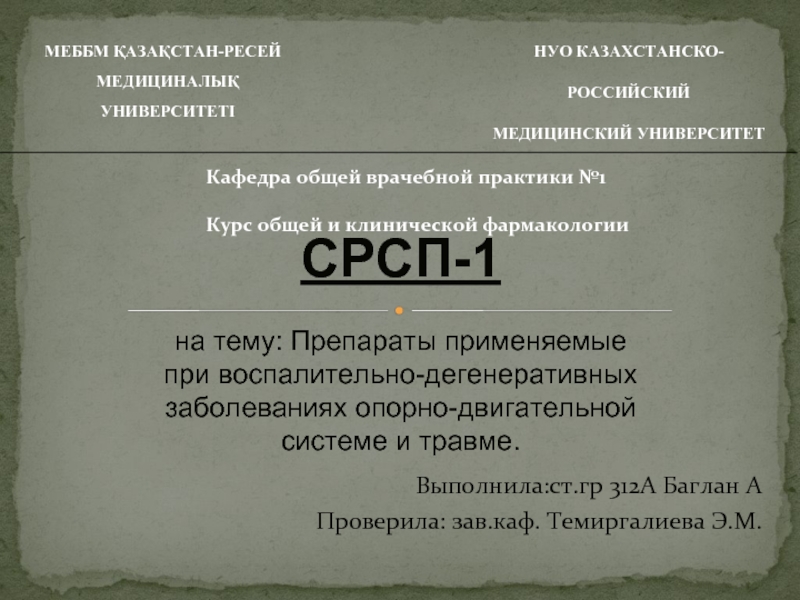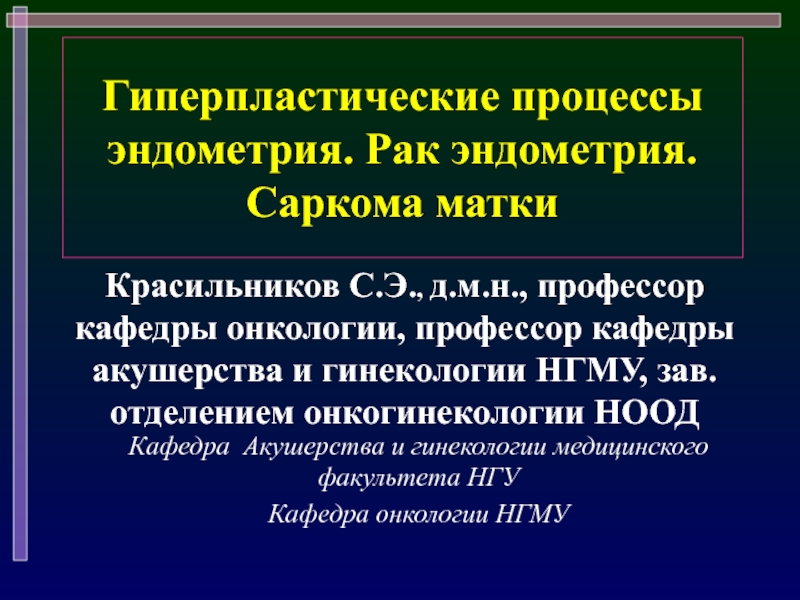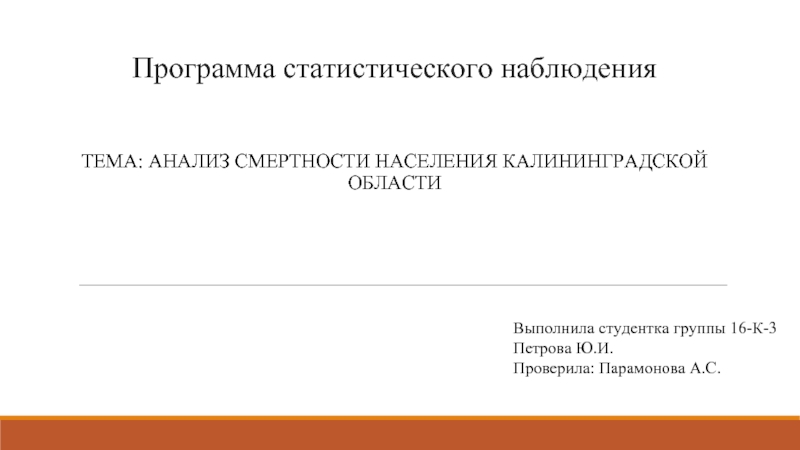Materials and Methods
The diurnal patterns of central and brachial BPs observed in very elderly treated hypertensives with HFpEF were almost parallel.
PP amplification is similar in the day- and nighttime and this finding is different from previously observed PP amplification diurnal behavior in younger subjects.
Proportionality of SBP and DBP sleep-time changes depends on dipping status and results in nocturnal PP increase in non- and reverse-dippers.
Conclusions
Study population
Results
Parallel 24-h ambulatory aortic and brachial blood pressure monitoring was performed in 67 treated hypertensive subjects older than 80 years with HFpEF. Diagnosis of HFpEF was made on the basis of presence of symptoms and signs of heart failure in combination with preserved EF. Patients with ejection fraction (EF) < 40%, atrial fibrillation and severe comorbidities were not included.
Oscillometric cuff-based device BPLab Vasotens was used.
24-h, awake and sleep-time systolic, diastolic and pulse blood pressure in aorta and brachial artery were compared in subgroups divided according to the diurnal pattern of brachial systolic blood pressure (SBP).
Dipper pattern was defined as relative decrease of mean SBP values of 10 to 20% at night, nondipper – less than 10% and reverse-dipper - as absent of nocturnal SBP reduction.
Table 1. Characteristics of the sample (n=67)
Numbers are expressed as means with standard deviations or proportions as appropriate
Circadian profile of central blood pressure (BP) and its relationship to peripheral diurnal rhythm of BP had not been investigated in the elderly population to the moment.
The aim of the current study was to investigate and compare 24-hour profiles of central and peripheral blood pressures in the very elderly via their
simultaneous ambulatory monitoring
The diurnal profiles of central systolic and pulse BPs run in parallel with those of peripheral BPs in patients with all types of dipping pattern and SBP amplification at night did not change significantly comparing to day-time values (table 2).
Table 2. Mean blood pressure in brachial artery and aorta
bSBP/DBP/PP – brachial systolic/diastolic/pulse blood pressure, cSBP/DBP/PP – central systolic/diastolic/pulse blood pressure,
Non-dipping or reverse-dipping SBP patterns appeared to be typical and were observed in 82% patients, while 50% participants had inadequate DBP dip < 10% (figure 2).
Background and Objective
Diclosure: none. For further information please contact kotovskaya@bk.ru
A (bSBP)
B (cSBP)
C (bDBP)
This disproportion in SBP and DBP night-time changes resulted in different intensity of PP night-time rise that was most evident in reverse-dippers. Relative nocturnal reduction of PP was 9,3±4,72% in dippers, whereas non-dippers and reverse-dippers had relative PP increase of 6,2±8,6 and 22,9±12,3 %, respectively (p<0,0001) (table 3).
Figure 1. Proportion of bSBP (A), cSBP (B) and bDBP (C) 24-h patterns in very elderly with treated hypertension and HFpEF
Table 3. Pulse pressure night-time changes depending on 24-h bSBP rhythm
Figure 3. 24-h pattern of brachial SBP and DBP in dependence on the type of bSBP rhythm
The proportionality of night-time SBP and DBP changes varied in different types of SBP diurnal profile. SBP and DBP decreased proportionally in dippers (ratio of DBP/SBP night-time reduction was 1,18) and disproportionately in non-dippers (the ratio was 2,6). In those patients with reverse-dipping pattern SBP and DBP changed in opposite directions at night.
relative night-time reduction of SBP
relative night-time reduction of DBP
relative night-time
reduction of BP, %
dippers
non-dippers
reverse-dippers






